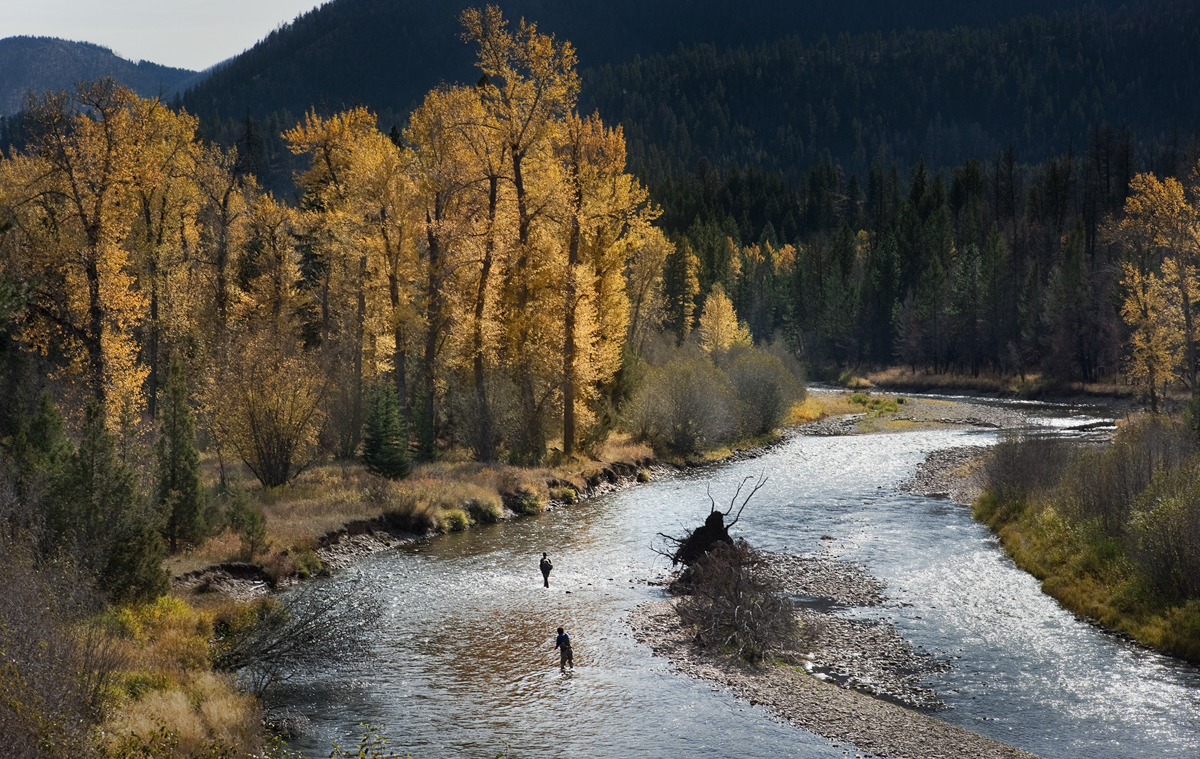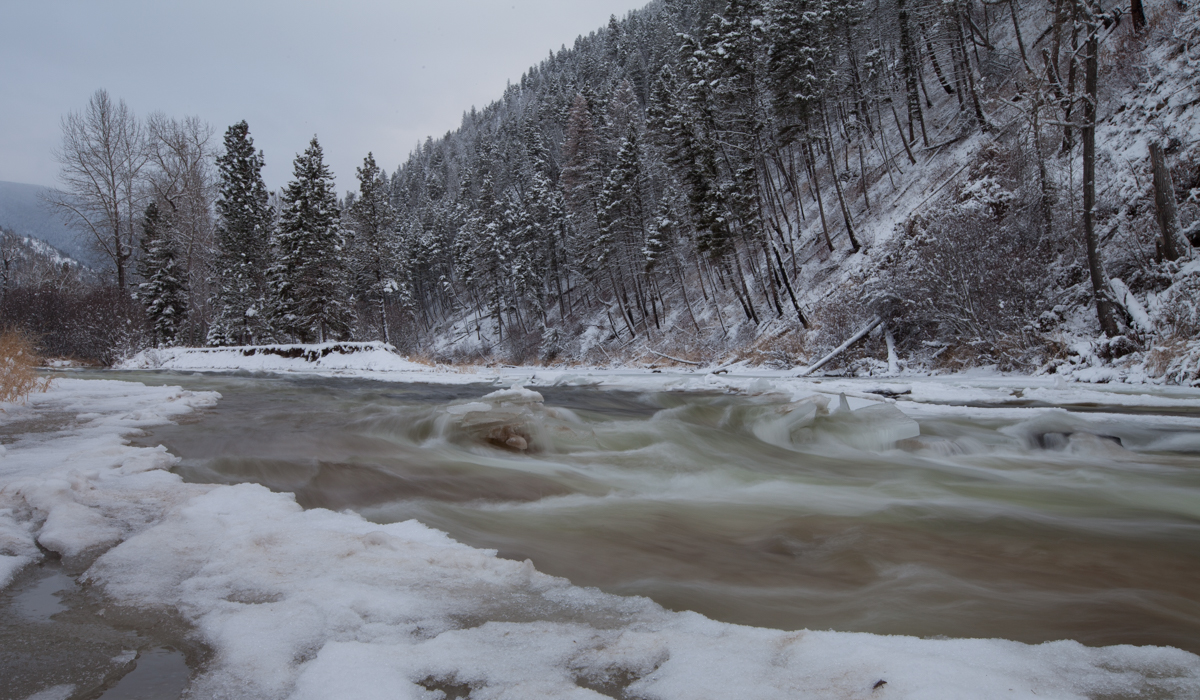Wild and Scenic Benefits
The Wild and Scenic Rivers Act (WSRA) was signed into law in 1968 for the purpose of preserving America’s best remaining undammed rivers for future generations. The idea for the Act was born in Montana in the 1950s when the famed wildlife biologist John Craighead was fighting a proposed dam on the Middle Fork of the Flathead River by Glacier National Park. Today, Montana is home to four Wild and Scenic Rivers – the three forks of the Upper Flathead and a 150-mile stretch of the Upper Missouri, all of which were protected in 1976.

The following include some of the primary ways that the WSRA benefits rivers:
- Free-flowing character must be maintained. New dams and major channelization projects (e.g. levees) are not permitted on designated rivers.
- Water quality must be maintained and enhanced. Federally permitted activities such as mining and energy development are not allowed if they would degrade water quality.
- Flows must be maintained at the minimum level required to support the values for which the river is designated. Existing water rights and water compacts are not affected by designation.
- Outstandingly remarkable values (ORVs) must be protected from any federally permitted activities that would harm them (e.g., mining, energy development, road construction, etc.). ORVs along Rock Creek likely would include scenery, fisheries and wildlife habitat, recreation, and cultural values.
- A Comprehensive River Management Plan (CRMP) must be developed within three years of designation. This plan offers a prime opportunity for local residents and interested members of the public to tell the managing agency (the U.S. Forest Service in the case of Rock Creek) how they would like to see the river corridor managed for the next 15-20 years.

It is far easier to proactively protect a healthy, intact river like Rock Creek through Wild and Scenic designation than it is to defend it from acute threats such as proposed new dams, mines and other harmful forms of development. Oftentimes by the time the public learns of these threats, deals have already been struck between the project proponents and key elected officials and it is extremely difficult to derail them. Not only are proactive river protection campaigns more effective than reactive ones, but they also are far less expensive. For example, while it costs only about $2,000 per river mile to acquire a Wild and Scenic designation for a healthy, intact river, it can cost an order of magnitude more money to protect a river facing an imminent threat (due in part to the cost of litigation), and it can cost as much as $8 million per river mile (in the case of the Clark Fork) to restore a river that has been badly degraded.